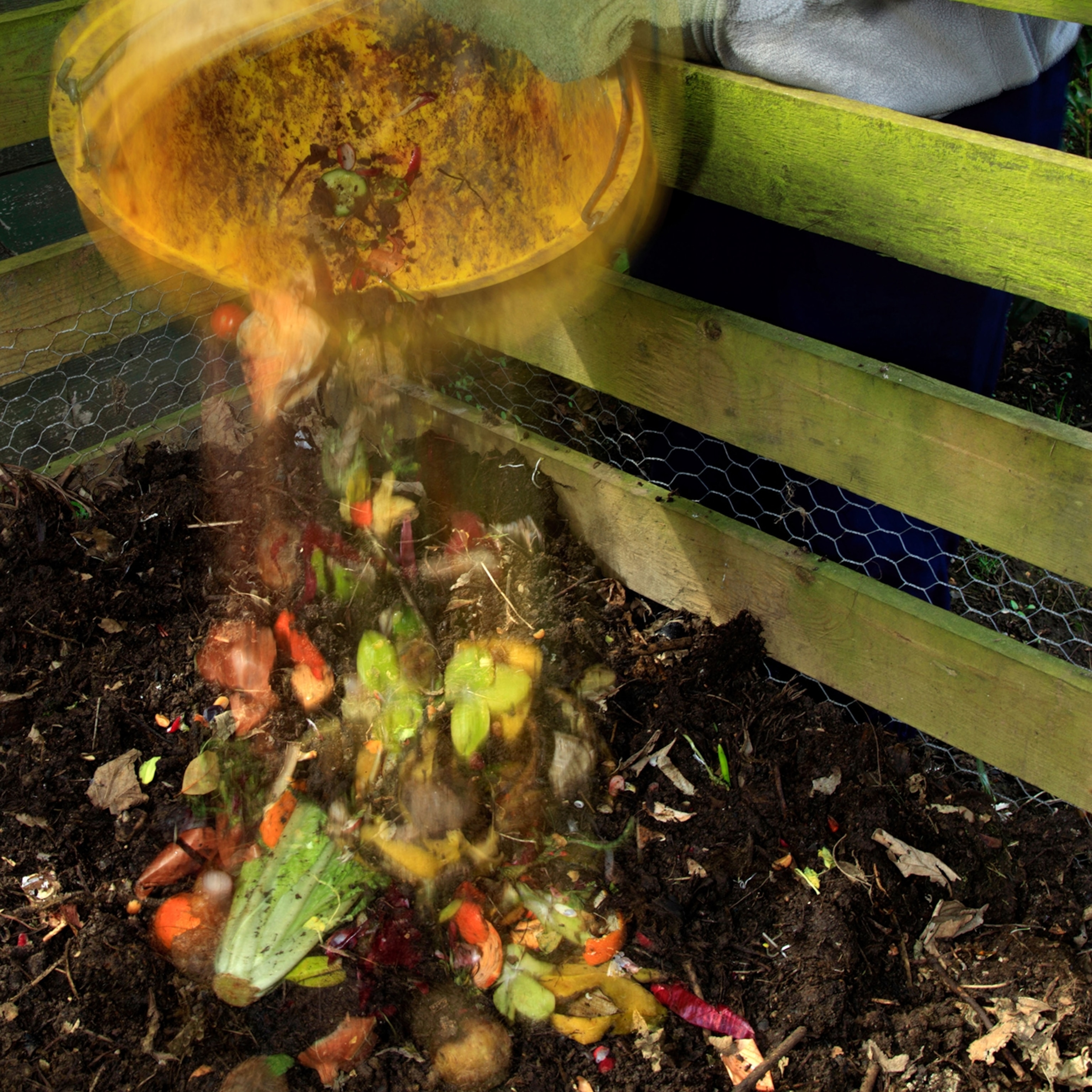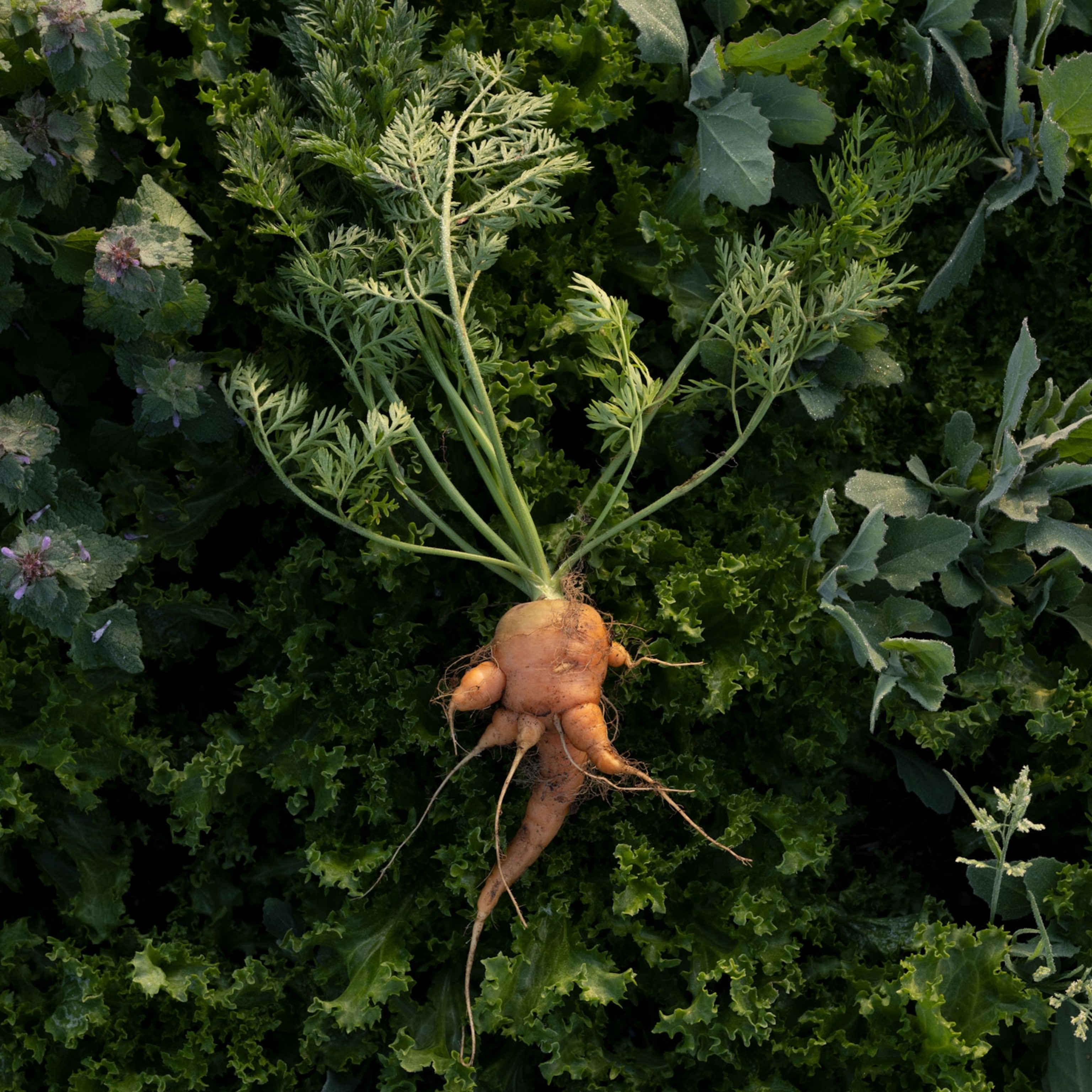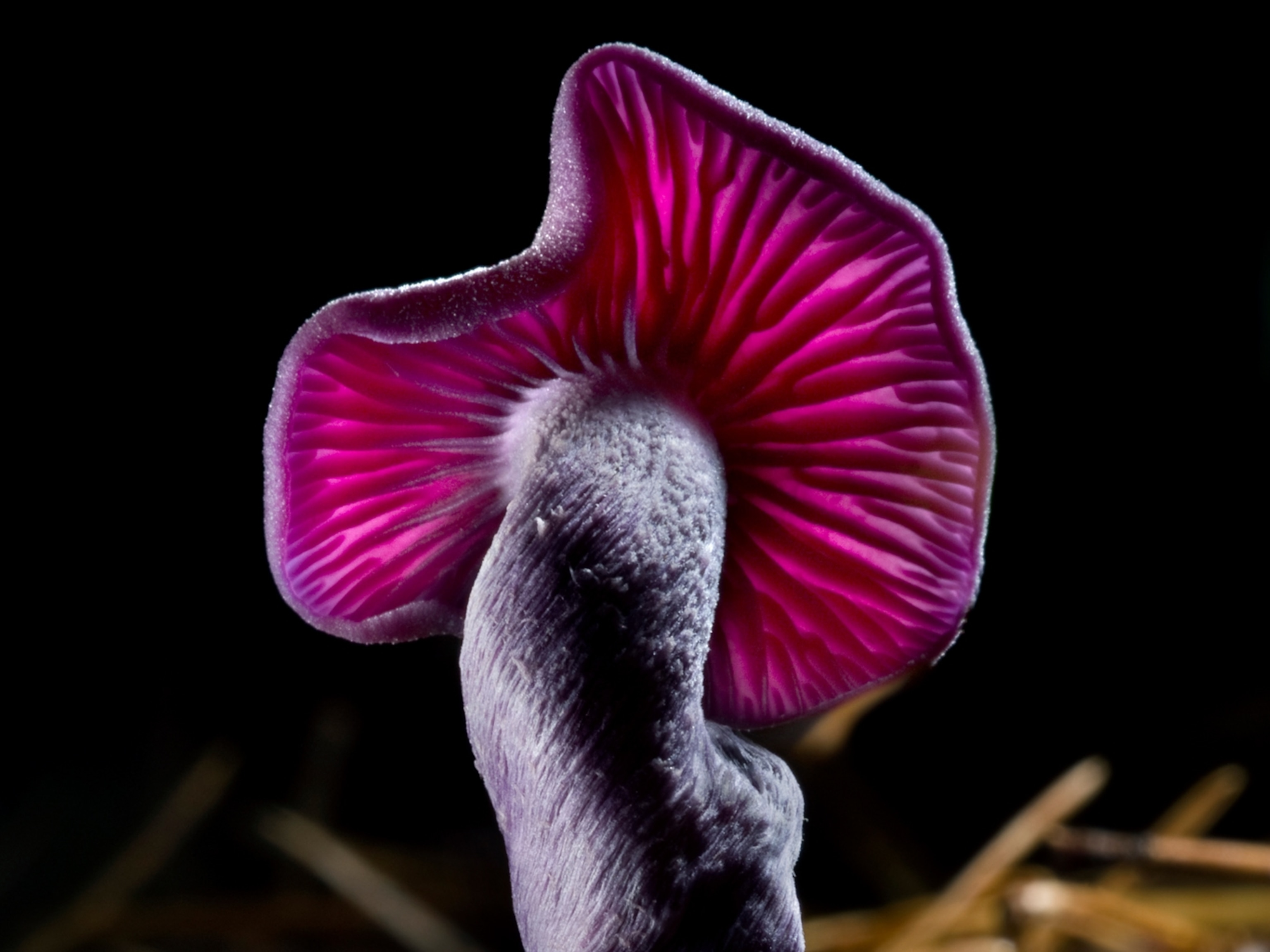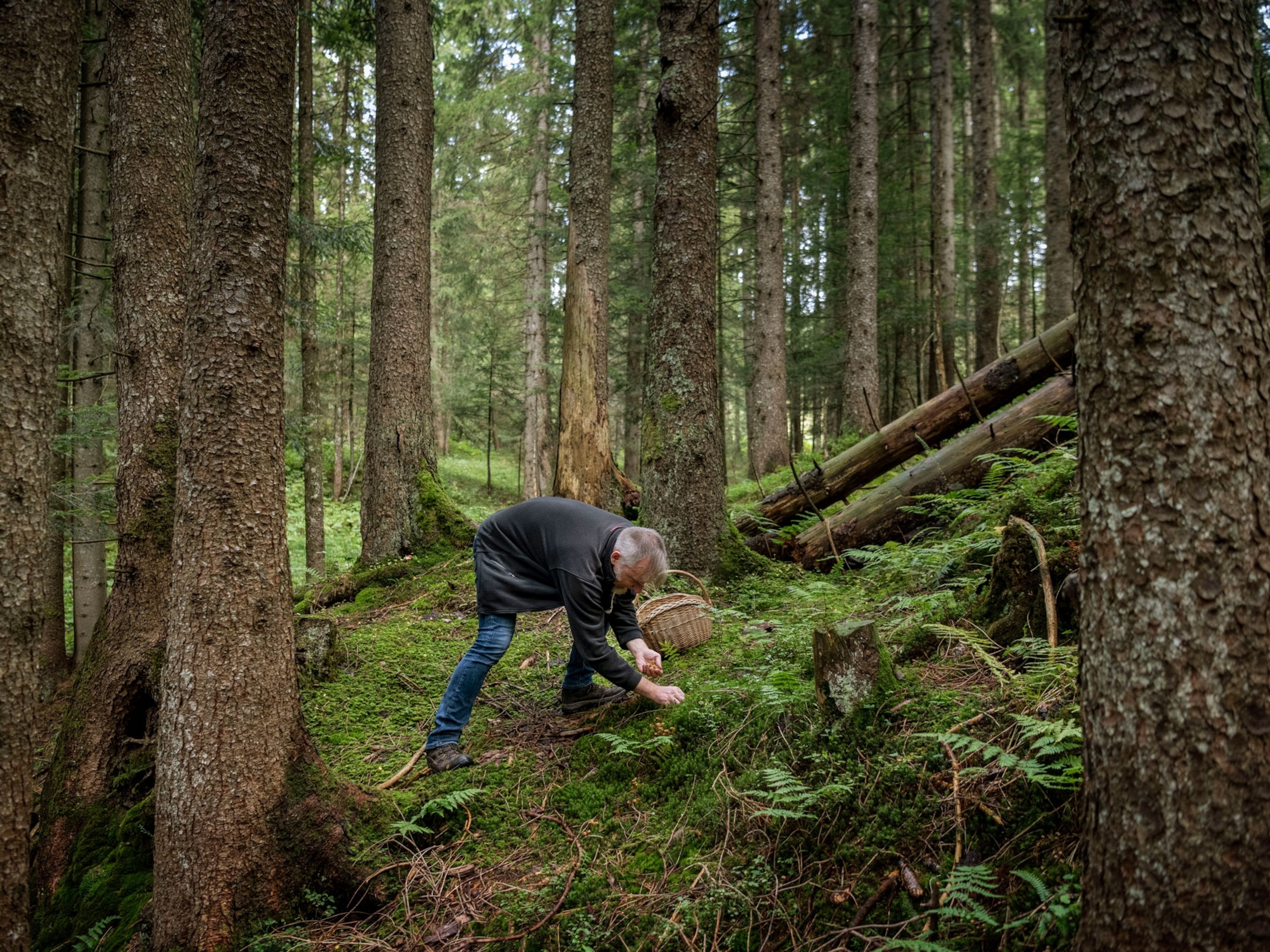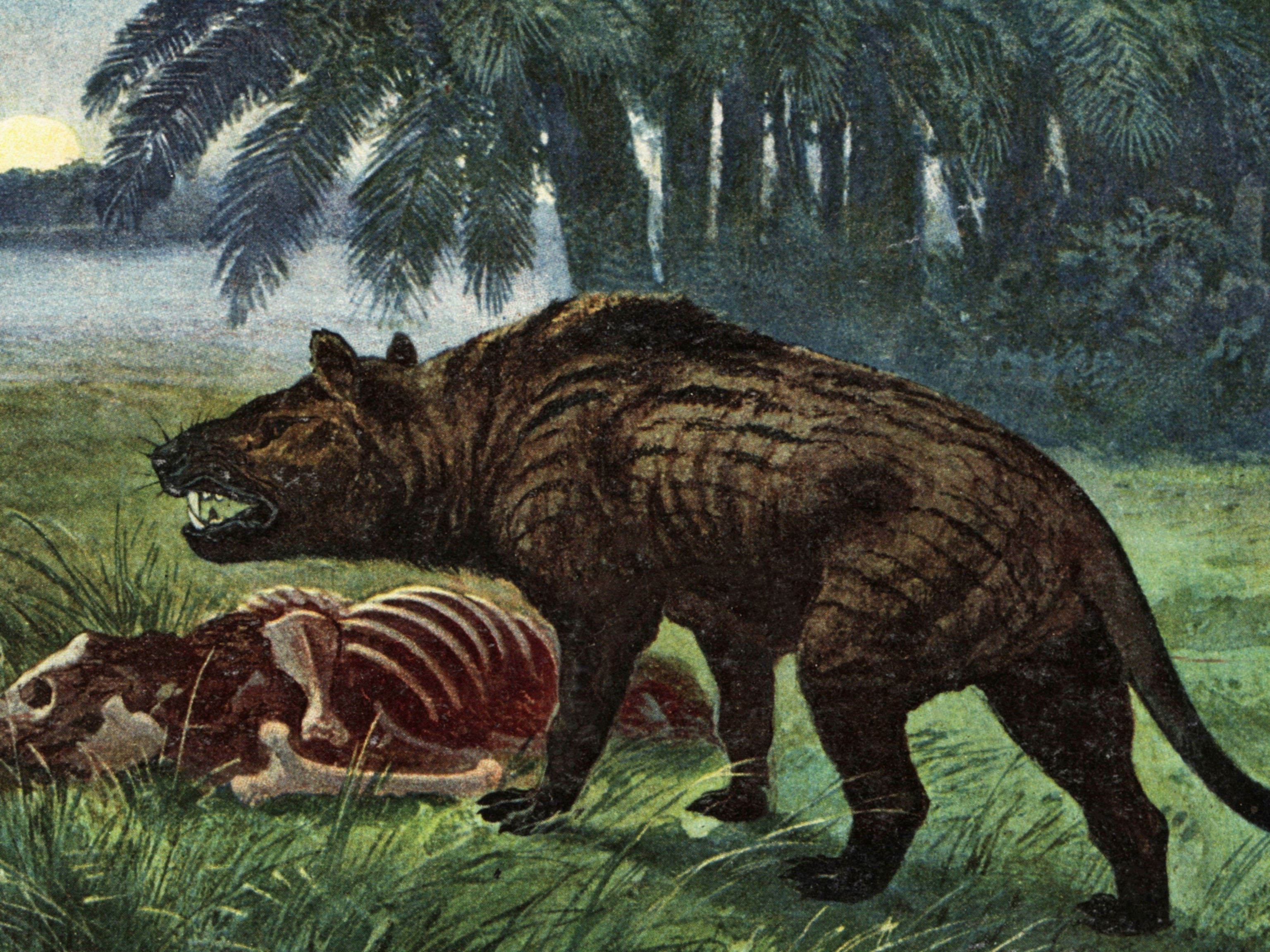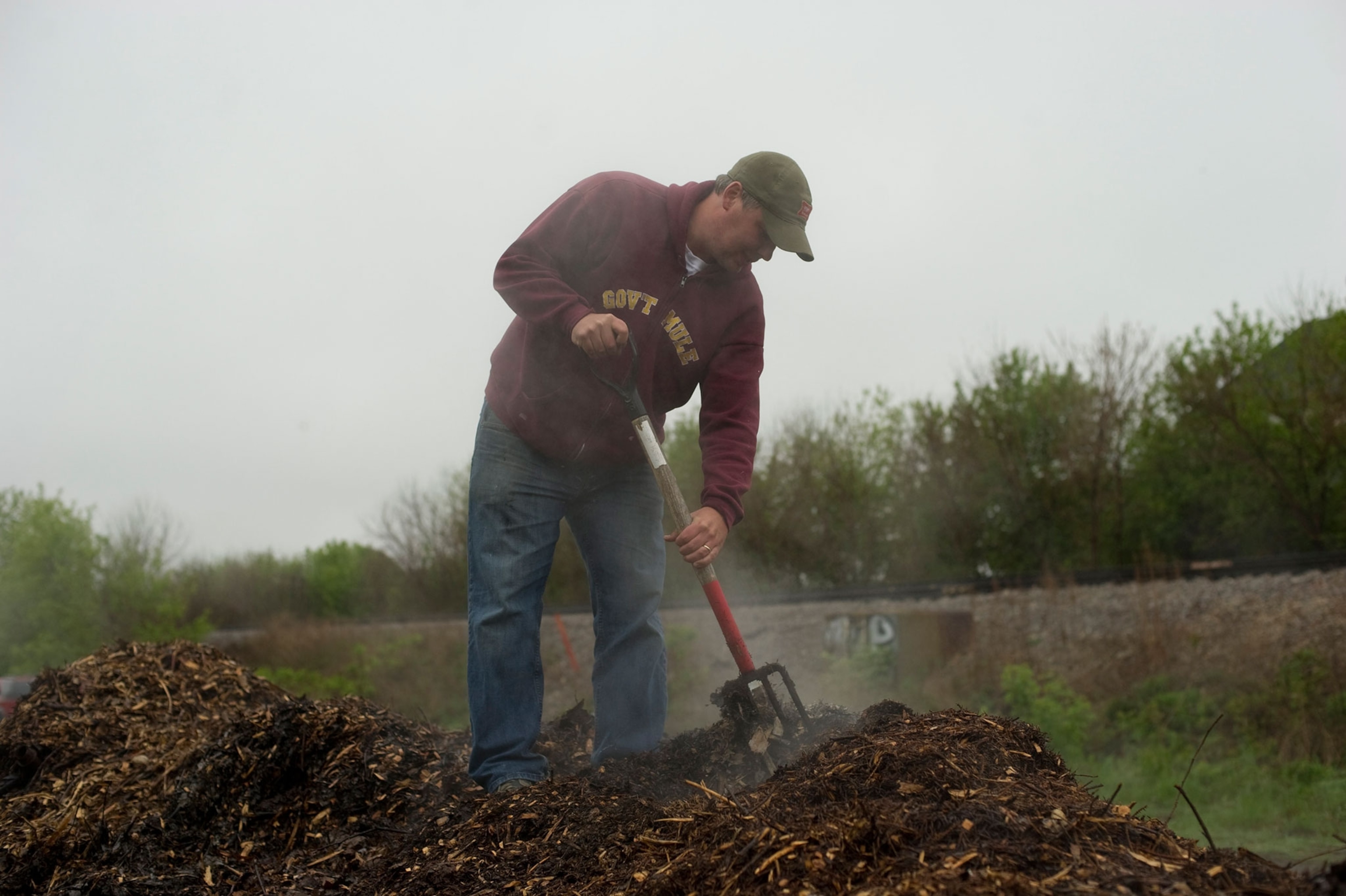
The Green, Brown, and Beautiful Story of Compost
George Washington was America's first composter, but the history of amending the soil to grow better crops goes back to prehistory.
Compost is a hot commodity these days. A nutrient-rich organic soil amendment, the so-called black gold—named for its dark color—is growing in popularity as Millenials discover the joy of gardening and increasingly embrace sustainable practices.
The benefits of compost are many: It recycles organic materials and reduces waste, replenishes depleted soils, and improves soil health . Though it takes different forms, composting can be done in nearly any environment. In an age of profligate food production and consumption, composting offers a solution for recouping some benefit from massive food waste.
For many nouveau gardeners, composting may be a fairly new concept. However, a dive into the history books shows the practice has been around as long as agriculture itself.
Ancient Methods
The application of reclaimed organic material to farmed fields dates to at least the Stone Age. Archaeological evidence from the British Isles suggests that Scots improved their small-scale farms with compost as far back as 12,000 years ago. These early farmers likely plowed and seeded compost heaps in situ; instead of moving compost into fields, they turned the heaps into plots and planted directly in them.
From the Stone Age, it took another 10,000 years before someone eventually wrote about compost. As the first empire to implement a functional bureaucracy, the Akkadians in Mesopotamia kept records by scrawling cuneiform onto clay tablets. Some of these tablets, from King Sargon’s reign around 2300 B.C., are believed to include the earliest written reference to compost.
The practice was not limited to Mesopotamia though. Mediterranean farmers in Greece and Italy commonly cycled agricultural “waste” from one farm operation to another, and Chinese farmers regularly fertilized their rice paddies with anaerobic (lacking oxygen) composting techniques.
Westerners also recently discovered ancient composting methods in African and Amazonian rainforests (see How Africans Are Saving Their Own Soil).
In North America, Native Americans wrapped seeds in fish parts to supplement nutrient availability.
Early American Composters
The founding fathers of American composting also happened to be the founding fathers of the country, but Washington stands out as “America’s First Composter.”

Dennis Pogue, a historical archaeologist and the former director of archaeology at Washington’s Mount Vernon estate, explains: “In one of his letters, [George Washington] says, ‘For the United States to succeed, we need to become better farmers.’”
To Washington, better farming included active care of the soil through crop rotation and soil amendments. Washington famously experimented using Potomac River mud as a fertilizer—the results were disastrous, says Pogue—but he eventually settled on compost as his preferred soil augmenter.
As related in John Spurrier’s book The Practical Farmer, Washington instructed his farm workers to, “Rake, and scrape up all the trash, of every sort and kind about the houses…and throw it…into the Stercorary.”
The stercorary—a dung repository expressly designed for composting—was situated directly across from the stables to ease manure transfer to the compost heap, and was the hub of Washington’s compost operations. Located around the corner from the main house, the structure was undoubtedly used to supply compost for the garden, says Pogue, who oversaw the excavation of Washington’s dung repository while working at Mount Vernon.
Washington’s shared his love of compost with Arthur Young, the English publisher of the Annals of Agriculture, with whom he frequently corresponded. According to Pogue, Washington and Young were in the vanguard of a new, experimental approach to agriculture, and they warmly embraced composting.
Composters today understand the importance of mixing carbon and nitrogen products—the best carbon to nitrogen ratio is 30 parts carbon to 1 part nitrogen—but colonial era farmers did not. Washington and Young both endeavored to perfect their compost heaps, and Young publicly recounted his trials and errors in the Annals as far back as 1779.
From Small- to Large-Scale
Composting did not end with the American Revolution. Like agriculture in general, however, composting strategies have transitioned from small farming operations to industrial-scale facilities.
This transition began as early as the 1850s, when Stephen Hoyt and Sons, of New Canaan, Connecticut, famously composted over 200,000 fish and 17,500 bushels of manure in a single season. Edwin Hoyt, presumably one of the sons, said of this strategy: “With this manuring, no matter how poor the soil, the rye will be as large as a man can cradle.”
Today, cities large and small undertake municipal compost operations; New York City recently implemented a pilot program to collect curbside compost.
Private facilities around the country are also pioneering new composting strategies. A-1 Organics in Colorado estimates they have diverted over eight million cubic yards of food waste from Colorado landfills, an amount that would almost twice fill the Louisiana Superdome. The resulting compost is used for landscaping and soil applications.
How to DIY
To start a heap, Duane Friend, an educator with the University of Illinois extension, says pile six to eight inches of brown materials (carbon like leaves, dead grass, or dry newspaper) on a wood pallet or on the ground, and then add a couple inches of green material (nitrogen, found in fruit and vegetable scraps or chicken manure). Top it off with a layer of finished compost or garden soil to inject active soil microbes. Repeat the process until the materials are used up—or it gets too large—and mix it all together.
Weekly mixing yields the best results, but if that is not possible, composters should try to turn the heap at least a couple times a month. Compost heaps, like humans, need exercise (turning), hydration (they need to stay moist), and air.
With a little practice and persistence, you could be, as Washington described in 1785: “A knowing farmer, who, Midas like, can convert, everything he touches into manure, as the first transmutation towards gold.”
Aaron Sidder is an ecologist, freelance writer, and Master Composter. He's also a former AAAS Mass Media Fellow at National Geographic. You can follow him on Twitter and see his work on his website.

